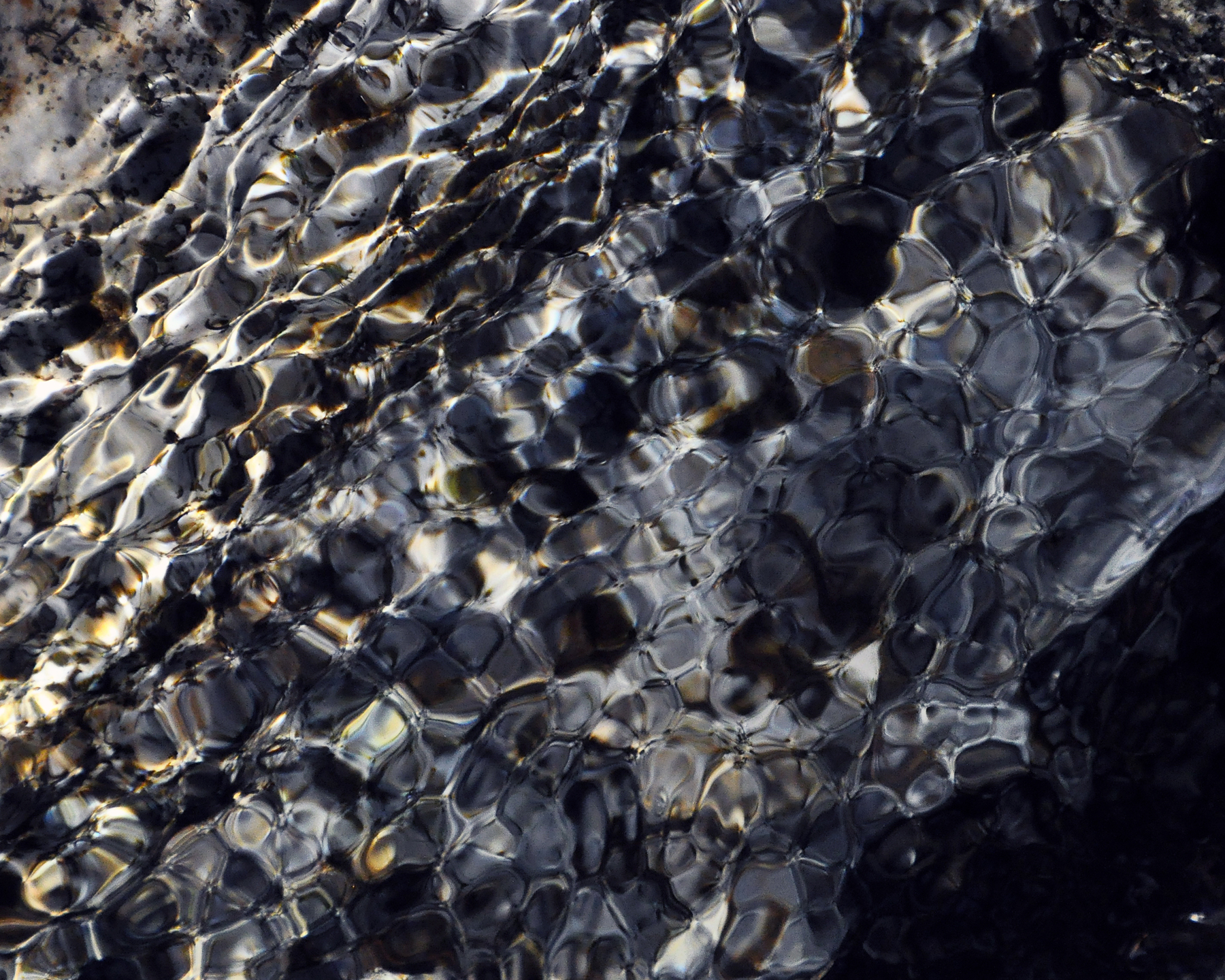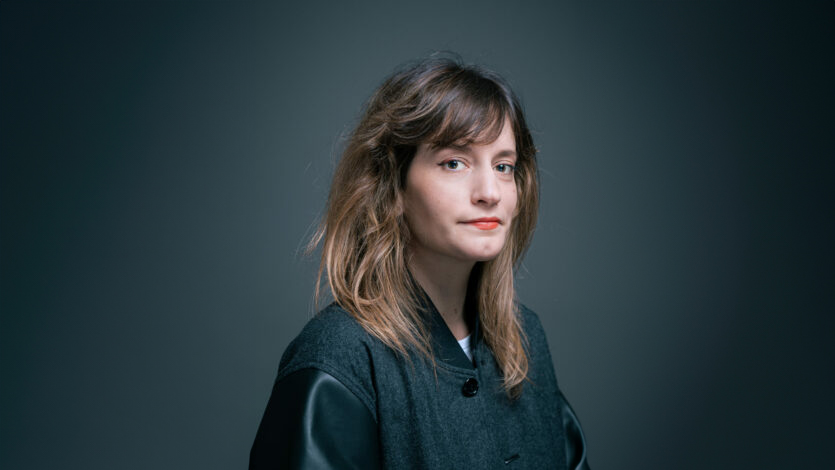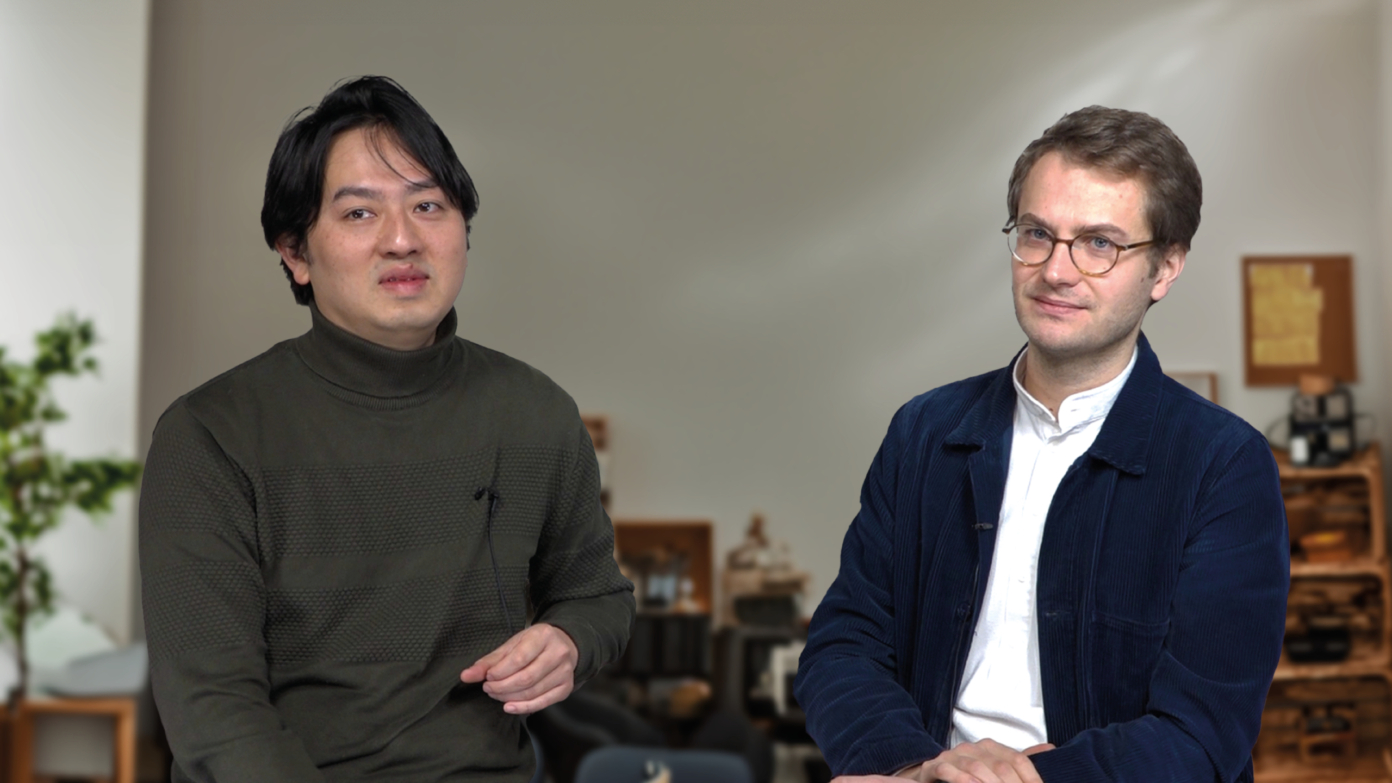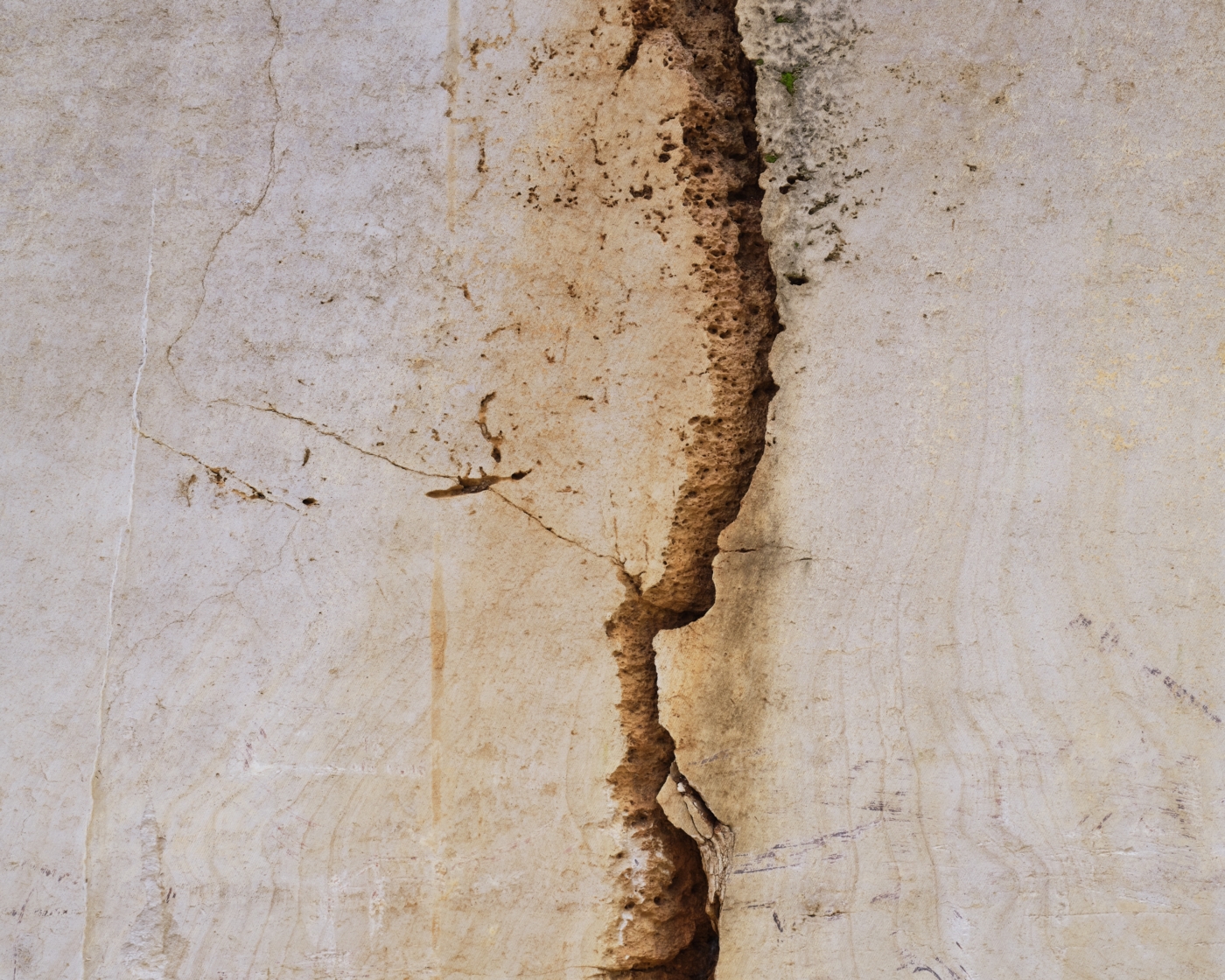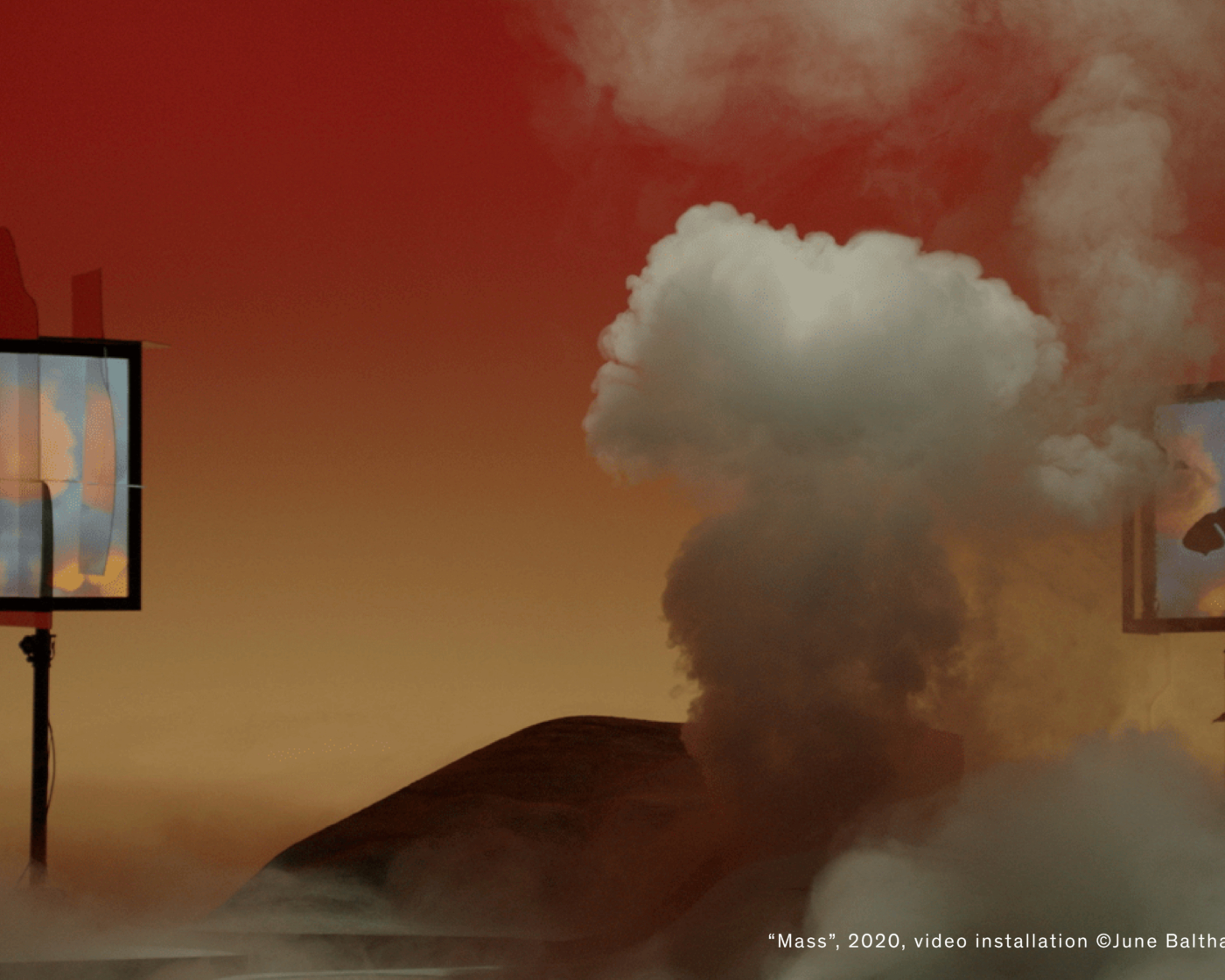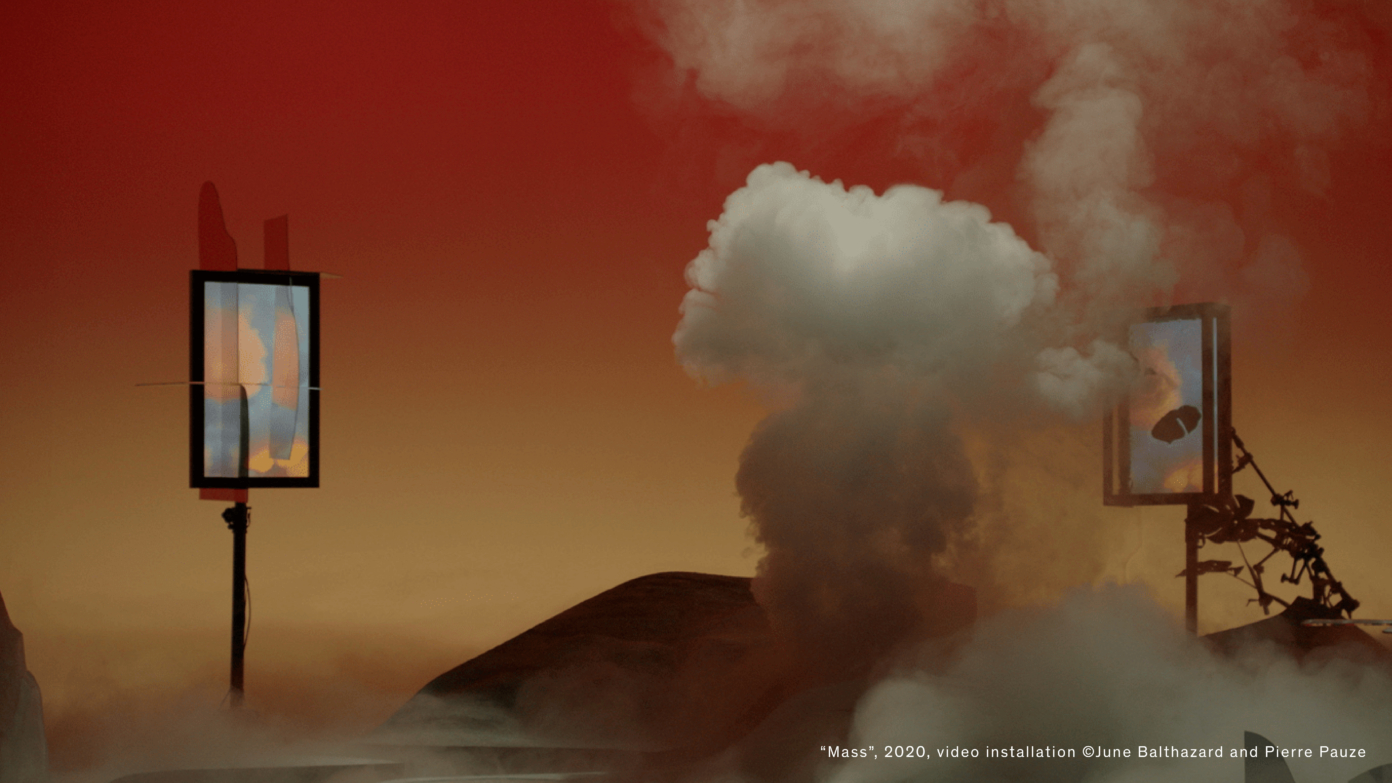Does OOO relate specifically to the new anthropocentric condition? Could this idea have existed fifty years ago? Most importantly, how does OOO help us today in this Anthropocene era? Is it helping us to reconsider the relationship between object and subject? In a moment where all we learn from ecology is that everything is related to everything else, how can OOO justify its focus on the individual autonomous agency of things? Why at this moment are we looking at an object when we should be looking at networks, systems, structures, and ecologies?
I think it is wrong to hold that ecology tells us that everything is related to everything else. What it tells us, instead, is that some things are crucially interrelated in ways that can kill us all, while other things are barely related to each other. To say that “everything is interrelated” is to skip the hard work of showing how certain things come to be mutually dependent even though others are not. To show this requires that we acknowledge that relations are problematic. It does not go without saying that one entity should be able to affect another. Why aren’t entities just mutually impenetrable, walled off from any influence from other things? Yes, we can see empirically that certain things do affect other things, but there is still a philosophical problem here. When I saw James Lovelock’s terrifying Dublin lecture in April 2009, his point was not that everything affects the world climate in cataclysmic fashion. Rather, he emphasized the dangerous positive feedback loop made up of just three specific factors: the eventual death of the rainforests, death of the algae, and the melting of the Canadian and Russian permafrost. Holism is actually a lazy philosophy.
You ask an interesting question as to whether OOO could have existed fifty years ago. Not only would I say yes—OOO arises from a reading of Heidegger that, in principle, could have been carried out immediately after the publication of Sein und Zeit—but there is a sense in which OOO could have existed immediately after Kant. It seems to me that the post-Kantian period of German Idealism, from the 1790s forward, is one of the great counterfactual crossroads in the history of philosophy. They got rid of Kant’s thing-in-itself by saying, “To think a thing outside thought is already a thought, and therefore the thing-in-itself is a contradiction in terms.” They then found ways to immanentize the Ding an sich and not allow it to occupy some impossible Beyond closed off from all human access. But a different turn was possible after Kant. Instead, it could have been argued that Kant is right about the thing-in-itself, and merely wrong to think that only humans and other “rational beings” are unable to reach the noumena. OOO’s claim is that the noumena are not that which exceed human perception and cognition, but that which exceed any relation whatsoever. Whether or not a stone is “conscious” (and who really knows what “conscious” means anymore?), it is unable to make direct contact with a cliff, a river, a sheet of paper, or the hand of a boy who throws it. If post-Kantian philosophy had taken this path instead of the German Idealist one, the last 200 years of philosophy would look entirely different. OOO can be seen as going back in time and making a course correction.
To be sure, this argument by OOO has led to a number of foolish responses. One of them runs as follows: “Since OOO wants to treat humans and non-humans on the same footing without granting ontological privilege to humans, then humans are on the same footing as a garbage dump. Therefore, OOO is saying that humans are no better than garbage.” This is an obvious equivocation. The OOO approach to flat ontology means that all objects are equally objects, not that all objects are equally dignified or valuable. Ontological equality does not mean political or moral equality.
Notice that even before bringing humans into the picture, objects themselves are not morally equal. We view certain objects as treasures, others as garbage. And they’re not treasures just because we’re “fetishizing” them. Some objects are legitimately treasures because of their rare beauty or because of some important utilitarian function they might have. So, there’s already a hierarchy of objects, and there’s no reason why humans couldn’t be the most important object in our hierarchy of objects. But what I reject is the central modern idea that humans and non-humans are so different in kind that humans must represent 50 percent of philosophy and absolutely everything else in the cosmos is the other 50 percent. That’s so unlikely, so implausible. H.P. Lovecraft helps teach us otherwise—that we are not so important cosmically however important we are to ourselves. Our intelligence may be fairly puny compared to the other intelligences that may exist now or in the very near future.
One place where a subject does play a role is in the arts—a work of art needs a beholder. I do not believe that there is such a thing as art without humans, or at least there can be no human art without humans. Perhaps dolphins and parrots have a sophisticated form of aesthetic experience, but what we call art needs humans as a catalyst. The artwork itself is always deeper than whatever the beholder or the spectator sees of it. In the end, an artwork is not a physical thing lying outside of us, but a compound entity made up of the artwork and us.
